'Fully integrated ERP is going to struggle'
‘Many existing ERP systems have a rather monolithic structure,’ begins Hans Don. ‘They have become large and unwieldy as new features have been added. If customer-specific customizations have been added, it gets more complicated – and therefore costly – for the supplier to add new functionalities requested by the users.’ In addition, the information needs in the industry are changing ever faster. ‘Industry changes are too fast for ERP systems to keep up with. Our software ends that inflexibility,’ says the CTO of Software company Vanenburg, who also points to an important development: the emergence of IT ecosystems.

Vanenburg, located on the estate of Castle Vanenburg in the Dutch town of Putten, emerged in 2009 from Cordys, which itself started as a continuation of the renowned Baan Company. As board chairman, Jan Baan (76) is still involved in the company’s strategy and technology developments. Vanenburg focuses on providing software that responds to the problem of inflexibility in existing ERP systems. ‘Something that smart people in R&D or production fix, for example, by building a solution in Excel. A spreadsheet only they and a few colleagues know about and understand. However, this non-integrated shadow IT offers no information to the rest of the organization and loses its value as soon as the employees involved leave the company.’
New data, same ERP
That’s why Vanenburg develops apps that offer that extra functionality as a separate but integrated component on top of the existing ERP. Don illustrates: ‘One of our customers, Sanquin Blood Supply, a supplier of medical analysis equipment, needed software in which maintenance engineers can use their handheld to record all the required steps to keep the equipment working according to specifications. Building this as a custom, embedded solution in a large ERP system is difficult. So instead, we developed the functionality in a separate app that can process this data without modifying the ERP system.’
‘To accomplish this, our team first decoupled the system functionalities which could hinder the app’s operation. The app was then positioned on top of the ERP system and connected to the Google Cloud platform, which we use as a Google Cloud partner for our applications.’
Adapt processes?
On the industrial shop floor, the need for what data needs to be processed is changing, but in this area, existing ERP systems offer little to no possibilities to adapt. ‘Of course, users could adapt their processes to the IT system, but that is also drastic. It may well be that a company derives a competitive advantage from a certain sequence of operations. For example, internal logistics may allow components to be delivered directly to the line, eliminating the need for intermediate stocks. Or, a well-thought-out algorithm that allows very fast calculations to be made so that the company can issue a quotation faster than the competition, and close more opportunities.
Adding artificial intelligence to optimize planning on the shop floor or better respond to developments in the market can also be very valuable, Don continues. ‘For example, our customer Valeo, a supplier of a.o. automotive components, wanted to use AI to find out what factors influence the breakdown of those parts.
It can be a major challenge to modify the ERP system itself to handle these requirements. For Valeo, we built an app that enables them to take early and targeted action on issues that cause breakdowns. Based on the AI information delivered by the app, Valeo can more quickly decide to either continue with part improvements or change sourcing.
Agile working method
With Vanenburg’s tools, existing ERP systems can be modernized. It is also possible to integrate different ERP systems, as is often relevant after acquiring a company with an ERP system from another vendor. Avoiding the almost always laborious processes for implementing completely new ERP systems is an important advantage of the tools. After all, the familiar ERP remains as-is, and only new applications are added. ‘We do this in an agile way. Based on the customer’s requirements, we can quickly build prototypes that give the customer a good impression of what to expect. The customer’s feedback during the agile process will be used in our next sprint cycle and presented back.
For instance, suppose our app needs to replace the home-grown spreadsheets of the smart people in R&D or production we mentioned earlier. By giving them the opportunity to provide feedback in the prototyping phase, they are included in the process and have a sense of ownership. We’re emphasizing the involvement of the customer’s end users.
That flexibility, freedom, and speed to adapt ERP to your needs appeal to the market.
Hans Don
Core system
Vanenburg develops its applications – both customer-specific as well as standardized, proprietary apps – in such a way that they can run on a variety of platforms. In doing so, the company responds to an important development in the IT market: the emergence of IT ecosystems. Don explains: “Large ERP vendors like SAP have started a huge shift in thinking. They are saying goodbye to large, all-encompassing integrated systems.
With SAP HANA, SAP has launched a modern core system to which all kinds of customer-specific applications, such as those developed by us, can easily be added. An open ecosystem to which we can easily add new content connected to the SAP core via Google Cloud using REST APIs – a technical integration method. This approach makes it even easier for a company to adjust to market changes without implementing a completely new ERP system or modifying their existing system at a high cost.
Less vendor lock-in
Don notes that other major IT vendors are also creating open ecosystems to which third parties like Vanenburg can easily add apps for new content. “That makes companies less dependent on their IT vendor. It reduces ‘vendor lock-in’. Of course, the customer still needs to pay the license fee for using the ERP core and data. But it offers the freedom to choose any app builder to generate the desired information from the ERP data.
That flexibility, freedom, and speed to adapt ERP to your needs appeal to the market. Because of that, I foresee a difficult future for smaller suppliers of fully integrated ERP systems, often geared to the needs of specific sectors. Switching to an open core requires a lot of time and money.’
ESG compliance: interesting but tricky
One of the questions that will undoubtedly come from the market to the IT world is about IT solutions that can demonstrate ESG compliance: whether your company meets the (European) environmental, social & governance criteria. The EU’s Green Deal will force industrial companies to keep track of the CO2 emissions or raw material consumption associated with the products they deliver to the market in the coming years. The concern is not only about emissions and consumption of the company itself but also that of its suppliers.
Vanenburg could develop new applications for this purpose that deliver the exact CO2 data needed across the supply chain. There will also be a demand for ERP that supports circular business models and facilitates the administration of return flows.
“I have not yet seen concrete questions from the industry, but this is nevertheless a very interesting development,” says Hans Don. ‘And also a difficult one’, he knows from experience, because it concerns information from the supply chain.
“Every company wants transparency from its customers and suppliers but is hesitant when it has to disclose data itself. And how will you safeguard information, so the user can be sure it is correct? Blockchain technology can support this, but it does not solve all challenges. And it requires a lot of computing power and is therefore not very durable….”
This interview was recently conducted by the Dutch Link Magazine and translated into English for our international audience. To read the original article in Dutch, click here.


